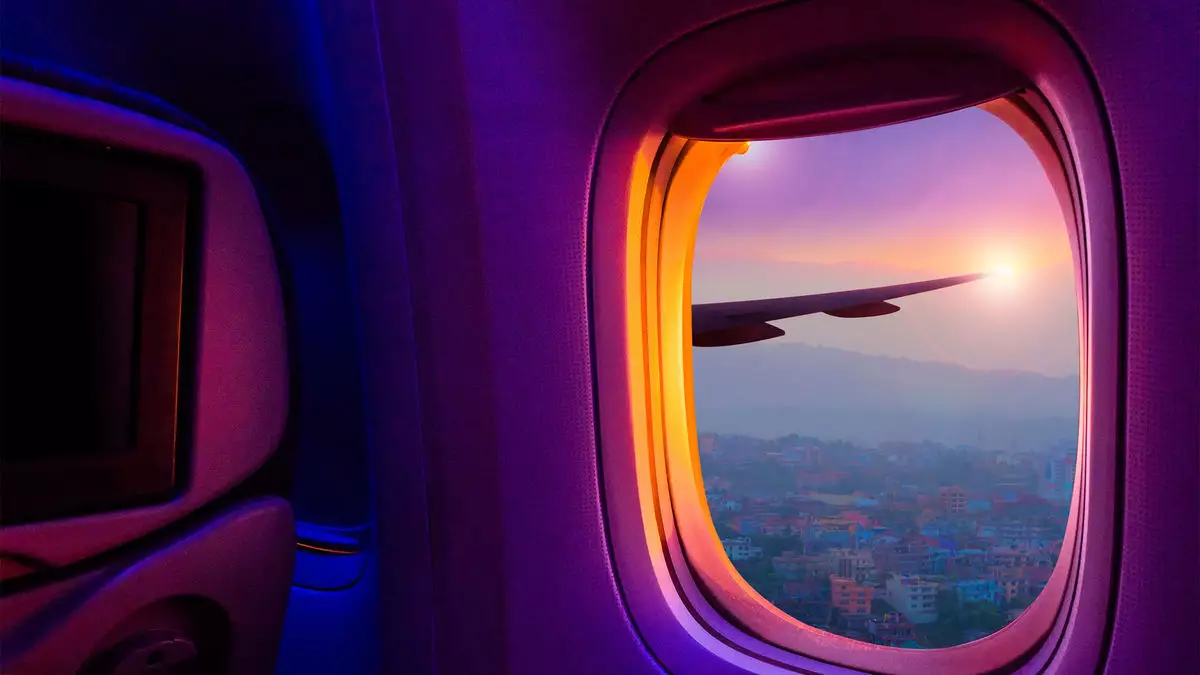The excitement of summer travel is often met with the harsh reality of crowded highways, bustling airports, and rising costs. As millions of Americans prepare to embark on Memorial Day weekend getaways, the chaos in transportation is inevitable. According to AAA, this summer is expected to be the busiest in nearly two decades, with approximately 43.8 million people traveling at least 50 miles from home between Thursday and Monday. The Transportation Security Administration (TSA) anticipates up to 3 million travelers passing through airport checkpoints on Friday alone, setting the tone for a hectic travel season ahead.
Amid concerns about the economy and the direction of the country, travelers are adapting to the changing landscape by modifying their plans. Lower airfares, reduced hotel rates, and declining car rental prices offer some respite, but the overall cost of travel remains a significant factor. Customers are adjusting by booking in advance, opting for shorter trips, and compromising on accommodations. Some travelers, such as Lauren Hartle from Boston, are strategically combining work and leisure to maximize their travel experience. By traveling during off-peak hours and working remotely, individuals are finding innovative ways to make travel more affordable.
Despite rising costs, travelers like Catey Schast from Maine remain determined to explore new destinations. While acknowledging the impact of increased prices on travel decisions, she exemplifies a resilient mindset of overcoming financial barriers to fulfill her wanderlust. The willingness to adapt, adjust, and prioritize experiences over expenses showcases the tenacity of modern travelers in navigating through the challenges of summer travel.
As the summer travel season unfolds, the focus shifts towards the modes of transportation preferred by travelers. The majority of holiday travelers are expected to opt for car travel, with more than 38 million individuals choosing this mode of transportation. Strategies to avoid peak traffic hours and plan for an early departure are recommended by AAA to mitigate congestion on the roads. Despite concerns about travel fatigue and increasing costs, the trend of sustained travel shows no signs of abating.
Operational Challenges and Solutions
While the demand for travel is soaring, airports and airlines face operational challenges in managing peak loads. The TSA has witnessed a 3.2% increase in the number of passengers going through security checkpoints this year, underscoring the need for effective crowd management. Airlines have responded by enhancing staffing and technology to streamline operations and improve customer satisfaction. With a proactive approach to anticipating travel surges, airlines are aiming to minimize disruptions and provide a seamless travel experience for passengers.
Conclusion: Navigating Through Summer Travel
As summer travel reaches new heights, the need for adaptability, resilience, and strategic planning becomes paramount. Despite the complexities of crowded airports, congested highways, and rising costs, travelers continue to embark on journeys fueled by a spirit of exploration and discovery. By embracing change, seeking cost-saving alternatives, and maintaining a positive outlook, individuals can navigate through the chaos of summer travel and create lasting memories along the way.

